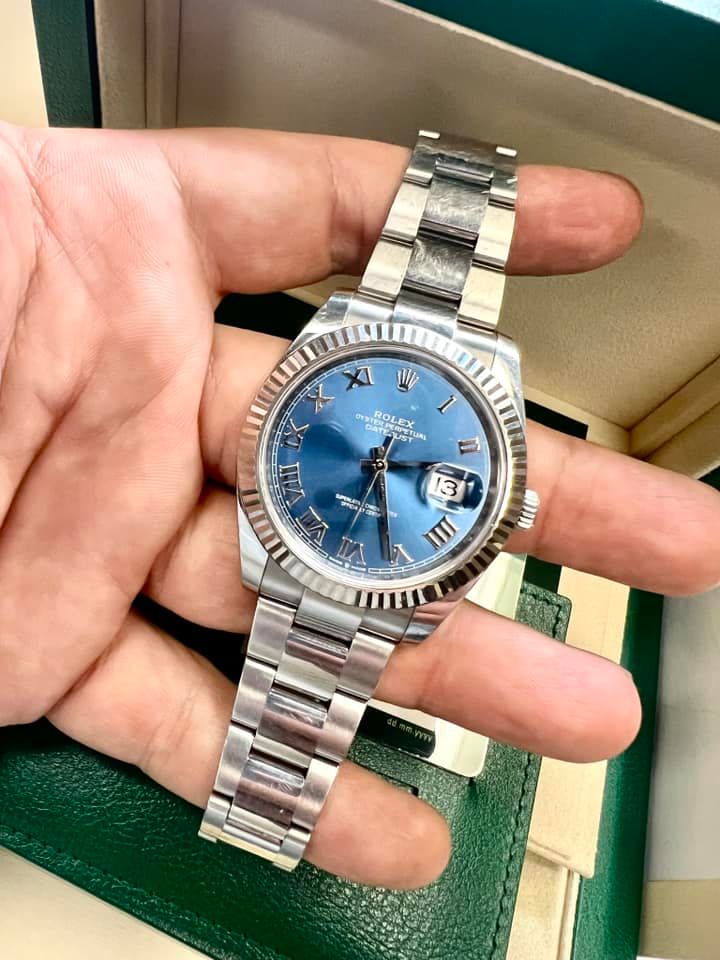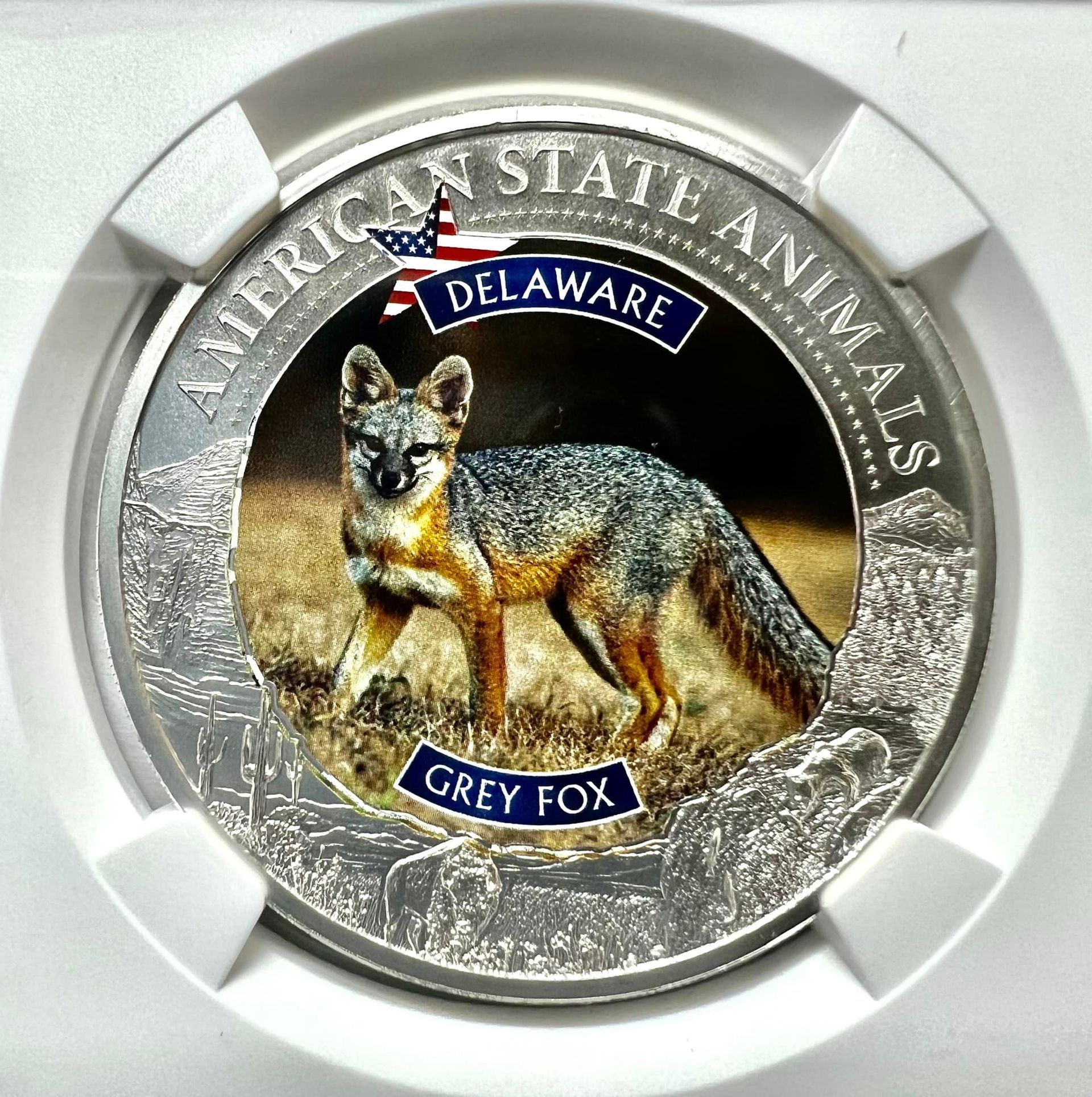How to Tell If Your Silver Is Sterling or Plated Before Selling

Table of Contents
- Understanding the Difference Between Sterling and Plated Silver
- Common Hallmarks That Reveal Silver Purity
- Simple Silver Testing Methods You Can Try at Home
- Visual and Physical Clues of Real Silver vs. Plated Silver
- Why Silver Purity Matters When Selling
- Professional Testing and Appraisal Options
- Final Thoughts and Where to Sell with Confidence
Key Takeaways
- Real silver (sterling) is usually stamped with hallmarks such as “925,” indicating 92.5% silver purity.
- Plated silver only has a thin layer of silver over a base metal and lacks intrinsic value.
- You can use easy silver testing methods—like magnet tests, nitric acid tests, and sound checks—to verify authenticity at home.
- Knowing how to tell if silver is sterling helps ensure you receive a fair price when selling.
- Professional appraisals from trusted buyers, such as Acadiana Gold Exchange, guarantee accurate evaluations and offers.
Knowing What You Have: The Importance of Silver Purity
Before you consider selling your silverware, jewelry, or antiques, it’s essential to determine whether your pieces are real silver or merely silver-plated. The distinction significantly affects their value. Many people are surprised to learn that while both types may look identical, only sterling silver holds substantial resale worth.
Understanding how to tell if silver is sterling before selling empowers you to make informed decisions, avoid lowball offers, and protect yourself from misleading sales. In this guide, we’ll walk you through simple silver testing techniques—some you can perform at home and others best left to professionals—to help you identify what kind of silver you own.
Understanding the Difference Between Sterling and Plated Silver
The first step in proper silver testing is knowing what separates sterling silver from silver-plated items.
Sterling silver is a precious metal alloy composed of 92.5% pure silver and 7.5% other metals (commonly copper). This combination provides durability while maintaining silver’s signature shine.
In contrast, plated silver refers to items made from base metals like brass, nickel, or copper that have been coated with a very thin layer of silver. While they can appear similar, plated pieces hold little to no melt value since the silver content is minimal.
Over time, plated silver can tarnish unevenly or reveal the underlying base metal as the coating wears off. Sterling silver, on the other hand, develops a uniform patina that can be polished back to brilliance—one of the easiest early clues during visual inspection.
Common Hallmarks That Reveal Silver Purity
One of the most reliable methods for how to tell if silver is sterling involves checking for hallmarks or purity stamps. These small markings, often found on the underside or inner edge of items, serve as quick identifiers of authenticity.
Key Hallmarks to Look For:
- “925” or “.925” – Signifies sterling silver (92.5% pure).
- “Sterling” or “Ster” – Another indicator of genuine silver.
- “800,” “900” – Indicates continental silver of slightly lower purity.
- “EPNS” or “EP” – Stands for electroplated nickel silver, confirming the piece is plated, not solid silver.
Use a magnifying glass or jeweler’s loupe to inspect for these hallmarks. Be aware that counterfeit marks do exist, so it’s best to confirm findings with at least one silver testing method before concluding.
Simple Silver Testing Methods You Can Try at Home
If you don’t have immediate access to a jeweler or appraiser, you can still conduct basic silver testing at home using simple tools. These methods can give you a good indication of whether your item is real silver or just plated.
- The Magnet Test
Silver is not magnetic. Place a small magnet near your item—if it sticks or attracts slightly, it’s likely not real silver. However, this isn’t a definitive test, as some non-silver metals are also non-magnetic. - The Ice Cube Test
Real sterling silver has high thermal conductivity. Place an ice cube on your silver item; if it begins to melt quickly, that’s a strong indication you’re handling real silver. - The Nitric Acid Test
A small drop of nitric acid on a discreet area can reveal silver content. If the spot turns creamy white, it’s sterling. If it turns green, it’s likely a base metal beneath plating. (Note: Perform with caution, ideally under professional supervision.) - The Sound or “Ping” Test
Tap the item lightly with a coin or small object. Sterling silver emits a high-pitched ringing sound that lingers, while plated silver produces a dull thud. - The Polish Test
Gently rub a soft white cloth over your item. If it leaves black residue, that’s due to silver oxidation—a telltale sign of real silver. Plated items may not show this effect unless heavily worn.
Visual and Physical Clues of Real Silver vs. Plated Silver
In addition to silver testing, your eyes and hands can provide valuable insight.
- Color and sheen: Sterling silver has a slightly warmer glow compared to the colder tone of plated silver.
- Weight: Real silver is typically heavier than its plated counterparts. If two items look the same but one feels noticeably lighter, it’s probably plated.
- Tarnish patterns: Genuine silver tarnishes evenly, while plated silver often discolors in patches where the thin coating has worn off.
When inspecting old silverware, jewelry, or serving pieces, look at frequently handled areas such as handles or edges. If you notice spots revealing a different-colored metal beneath the surface, the item is almost certainly plated.
Why Silver Purity Matters When Selling
When it comes to selling silver, purity directly determines value. Real silver commands higher prices based on weight and market rates, while silver-plated items are often valued only for their craftsmanship or aesthetic appeal—not for their metal content.
If you plan to sell your silver items, knowing how to tell if silver is sterling helps you negotiate confidently. Buyers will typically test the silver’s purity before making an offer. Having already performed your own silver testing gives you an advantage—you’ll know whether their assessment matches your findings.
Moreover, reputable silver buyers like Acadiana Gold Exchange use advanced testing methods to ensure accurate evaluations. These may include X-ray fluorescence (XRF) analysis or electronic conductivity testing, which provide precise readings of silver purity without damaging the item.
Professional Testing and Appraisal Options
While at-home silver testing methods are useful, professional verification is always the most reliable approach—especially when dealing with heirlooms, large collections, or high-value pieces.
Professional appraisers and coin or precious metal dealers can:
- Confirm authenticity beyond visual inspection.
- Provide exact weight and purity readings.
- Identify rare hallmarks or antique makers that could add collector value.
When you visit a trusted buyer, bring any documentation or receipts that accompany your items. This information can further support authenticity and help determine whether your silver carries additional historical or market worth.
How to Prepare Your Silver for Sale
Before you sell your silver, take time to clean it gently. Avoid abrasive materials that could scratch the surface. A mild polish with a silver-specific cloth will help your pieces present well during appraisal.
Next, organize your items by type—flatware, jewelry, coins, or decorative pieces—and label any that you already tested. Having a clear overview of what you’re offering speeds up the selling process and helps buyers provide accurate quotes.
Finally, research the current silver spot price to get a general idea of market value. This helps set realistic expectations and ensures you receive a fair offer for your real silver items.
Final Thoughts: Sell with Confidence
Knowing how to tell if silver is sterling is essential for anyone looking to sell their silver items wisely. From checking hallmarks to performing basic silver testing, these steps ensure you recognize genuine value when you see it.
If you want to confirm your results or sell your silver with confidence, turn to professionals who specialize in accurate evaluations.
Acadiana Gold Exchange offers trusted appraisals and honest offers for your real silver, gold, coins, and other precious metals. Whether you’re dealing with old jewelry, flatware, or collectibles, our experienced team can perform precise testing and provide fair market pricing.
Visit us online at
https://acadianagold.com/, call
(337) 534-0039, or reach us via email at
naaserus@yahoo.com to schedule an appraisal or learn more about our services. When it comes to selling silver, knowledge is your greatest asset—and with Acadiana Gold Exchange, you’ll always be in good hands.
Frequently Asked Questions
How can we do simple silver testing at home?
We can perform basic silver testing using household items. A magnet test helps—real silver isn’t magnetic. We can also try the ice test; silver’s high conductivity makes the ice melt quickly. For more accuracy, we can visit a professional for a purity check.
How do we know if our silver is real silver or plated?
We can start by checking for hallmarks like “925” or “Sterling.” If the mark says “EP” or “EPNS,” it’s likely plated. We can also rely on silver testing methods, such as acid or polish tests, to confirm if the piece is real silver or just coated with a thin silver layer.
Why is it important to know how to tell if silver is sterling?
Understanding how to tell if silver is sterling helps us know the real value of what we own. Sterling silver is 92.5% pure and worth more than plated pieces. Knowing the difference ensures we get a fair offer when selling our items to trusted buyers.
Can we rely on visual clues for silver testing?
Yes, we can. Real silver often has a warm luster and tarnishes evenly, while plated silver may show discoloration or reveal another metal underneath. Although these clues help, confirming through professional silver testing ensures accuracy.
Where can we sell our real silver after testing it?
After confirming our silver’s authenticity, we can bring it to reputable buyers like Acadiana Gold Exchange. They use advanced silver testing tools to verify purity and offer fair prices for real silver items such as jewelry, coins, and flatware.



